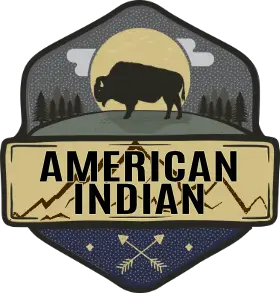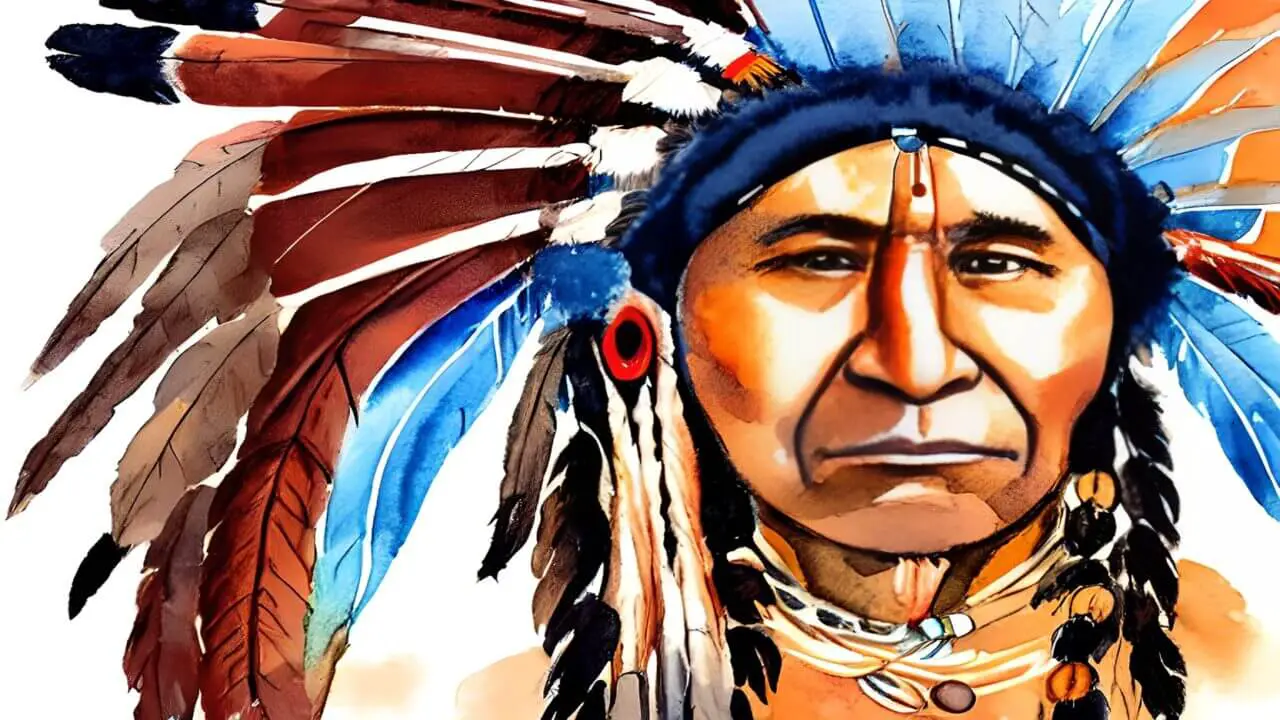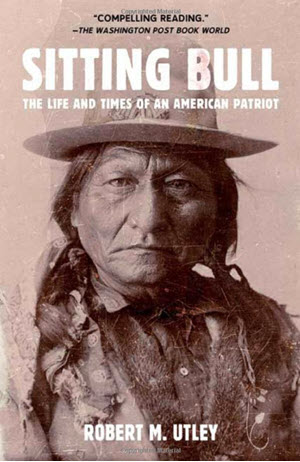American Indian History: Life of Sitting Bull
Sitting Bull is remembered as a Sioux leader who united his people against the oppression and injustice of the white men. He had a distrust of the white people around him and often tried to avoid confrontation with them rather than engage in outright acts of hostility.
The Tribal Leader’s Early Life
Born Tatanka Iyotake, Sitting Bull became a warrior at the age of 14, joining a war party and earning a reputation for fearlessness. Shortly, he came to lead the Strong Heart division of the Sioux warriors. His Sioux tribe, the Teton Sioux had little to do with the white men while Sitting Bull was growing up, so his main focus was to expand the tribe’s hunting grounds into the west.
The Minnesota Massacre dragged Sitting Bull and the Teton Sioux into conflict with the white men, and they engaged in skirmishes with one another over the next few years. His first contact with the invading settlers and soldiers started what would become a deep distrust of them that ran through his entire life.
Sitting Bull Takes the Reins of the Sioux Nation
The Sioux warrior was more than just a courageous fighter. He was also deeply concerned about the welfare of his tribe, and he participated in the Silent Eaters group. Their goal was to work for the good of the entire tribe. Recognized for his leadership, compassion and courage, Sitting Bull was made the principal leader of those Sioux who hunted into the northern lands.
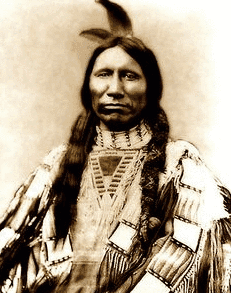
Crazy Horse, the Oglala Sioux leader, took up the second-in-command role under him. A year later, in 1867, Sitting Bull was made the principal chieftain for the entire Sioux Nation. The following year, he set up a reservation for his people by agreeing to The Second Treaty of Fort Laramie.
When gold was discovered on the lands, white settlers flooded the area and peace became difficult to maintain. The US government siding with the encroaching gold rushers, ordered the Sioux to the back of their reservation during a bitter winter. They only gave them a short window in which to move their people, and Sitting Bull knew it was impossible to obey their command.
General George Crook marched his men against Sitting Bull, who had gathered the forces of the Sioux, Cheyenne and Arapaho. The tribal leader forced Crook and his men to retreat, then moved his warriors to Little Bighorn River.
There, he went into a deep trance and came out with a vision for his people. He prophesied that the bodies of white soldiers would fill his camp, and he was proven correct when he utterly annihilated General Armstrong Custer as the Battle of Little Bighorn.
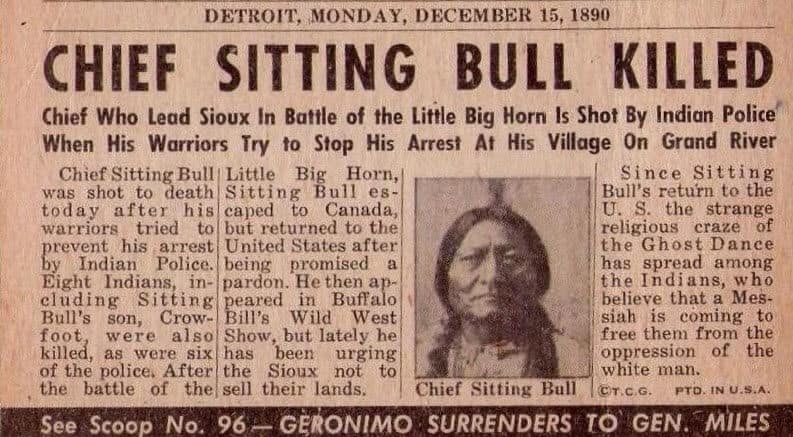
[azonpress template=”table” asin=”B008O35BJA,080508830X,142360556X,B00UNN8LT6″]
The End of a Legend
While Sitting Bull had claimed that victory, he knew white sentiment would be against him and his people, so he took all he could with him across the border to Canada. The Canadian government simply tolerated the American Indians presence there.
They didn’t have the resources to feed the natives who had come to their lands with nothing and were starving to death. At the brink of starvation, Sitting Bull finally surrendered and gave up his leadership position to live among the whites.

For a while, he traveled with the Buffalo Bill Wild West show, but the disrespect he endured there made him realize he could not stay. While among the white people, he fought for American Indian rights, trying to keep his people from selling their lands.
He gained international attention while traveling with the western show, but he still yearned to be with his people and fight by their side. When the Ghost Dance religion made its way across the West, Sitting Bulls’ interest was piqued. The religion promoted peaceful coexistence, a giving up of the ways of the white man, and a constant ritual of praying and dancing.
Sitting Bull, with a small group of fellow natives, traveled to Pine Ridge, South Dakota to meet the progenitor of the Ghost Dance in person. He was stopped by a group of soldiers and police, who, in their attempt to arrest him, shot him and his men.
Sitting Bull was initially buried at Fort Yates, but his body was later exhumed and moved to his birthplace in South Dakota, where a memorial now stands to commemorate him. He is perhaps the best known leader of any American Indian people, and his leadership brought together not just the Sioux, but also many other tribal nations for a short period. He left behind a lasting legacy of the impact of one man committed to protecting his people.
